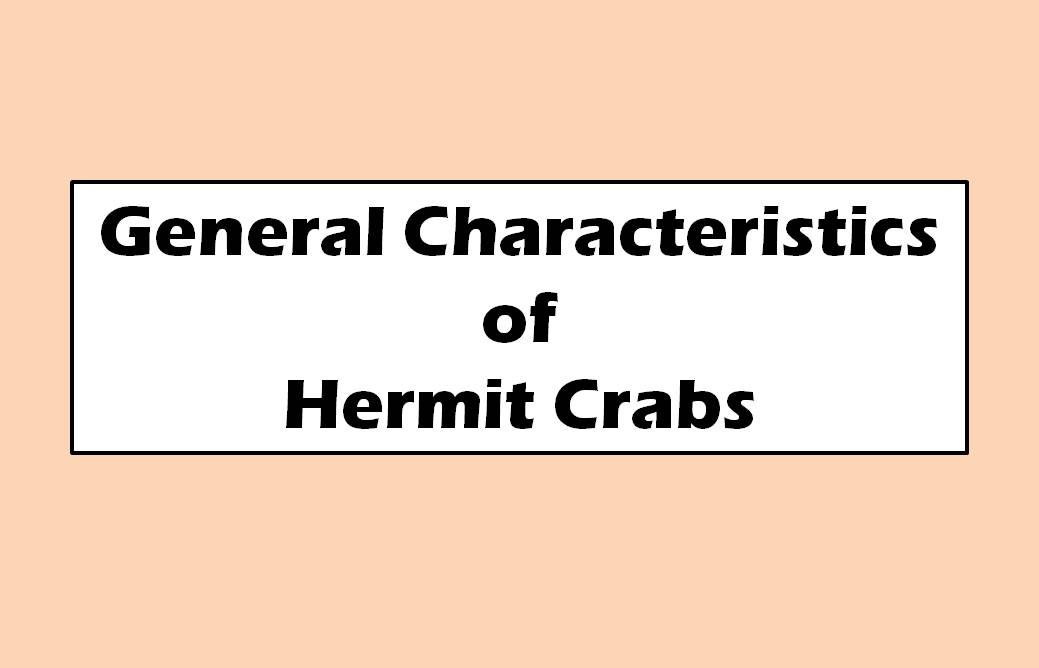Hermit crabs are decapod crustaceans. They have adapted to live in empty gastropod shells. In this article, we will learn about the general characteristics of hermit crabs. They are found in all oceans and in some freshwater habitats. There are over 800 species of hermit crabs, and they range in size from a few millimeters to several centimeters.
Systematic Position of Hermit Crabs
| Kingdom: | Animalia |
| Phylum: | Arthropoda |
| Subphylum: | Crustacea |
| Class: | Malacostraca |
| Order: | Decapoda |
| Suborder: | Pleocyemata |
| Infraorder: | Anomura |
| Superfamily: | Paguroidea |
| Families: |
|
Habit and Habitat of Hermit Crabs
- Hermit crabs are both aquatic and terrestrial.
- The aquatic species are exclusively marine.
- The terrestrial hermit crabs live in tropical and subtropical regions around the world.
- Marine hermit crabs are more common and can be found in coastal areas, coral reefs, and shallow waters of the seas and oceans.
- The terrestrial crabs are found in forests, beaches, and mangrove swamps.
- The terrestrial hermit crabs must have access to seawater because they spawn their eggs in the seawater. They also spend their early age in the seawater.
- Hermit crabs are omnivorous.
- Many hermit crab species are primarily active during the night. And some may also be active during the day.
General Characteristics of Hermit Crabs
- A hermit crab’s body is half covered with a hard exoskeleton but the abdomen is covered with a soft exoskeleton.
- The hard exoskeleton is made of chitin.
- They live in other animals’ shells in order to protect their abdomen.
- Hermit crabs have two large claws on their first pair of legs that are used for defense and preying.
- They have two pairs of antennae.
- They have poor eyesight but rely on their sensitive antennae.
- They have reduced gills.
- As soon as they grow larger, they need larger shells. Then they shift to new larger shells. They also fight for the shells and rob them.
- Some crabs leave their shell and bury themselves in the sand to molt.
- Hermit crabs are typically solitary creatures, but they may gather in groups.
- They feed upon algae, dead animals, plankton, decaying plant material, and detritus.
- They are opportunistic scavengers, feeding on various organic matter.
============
Read More:

